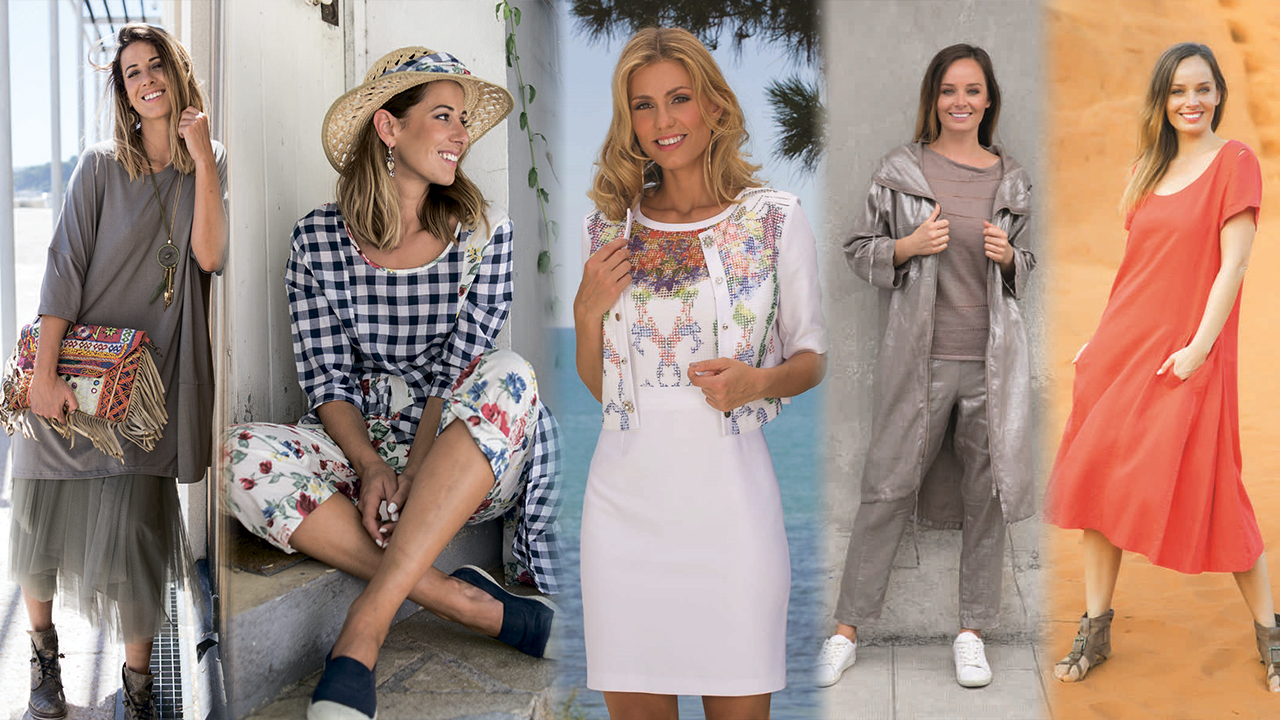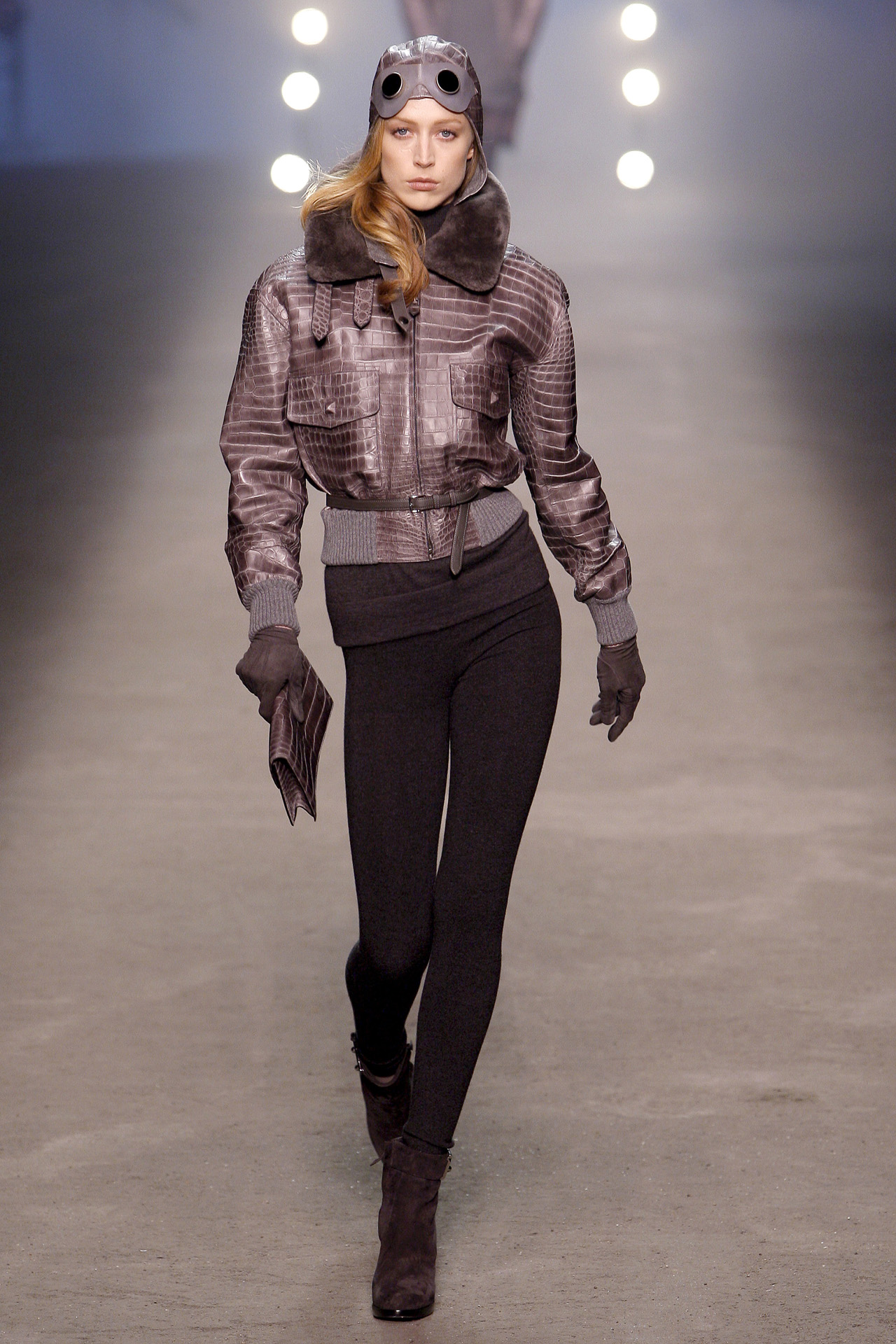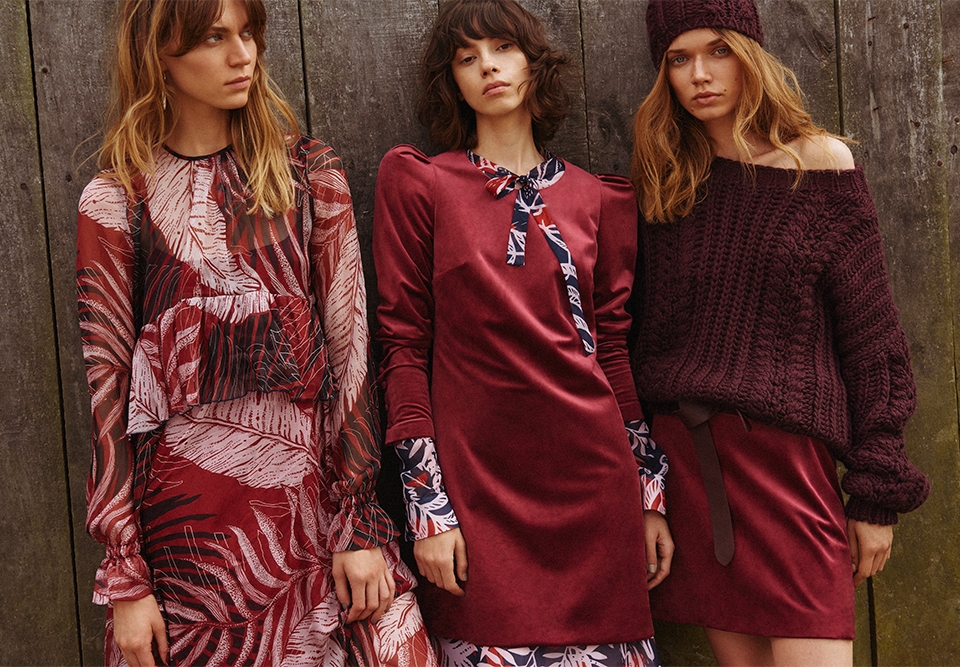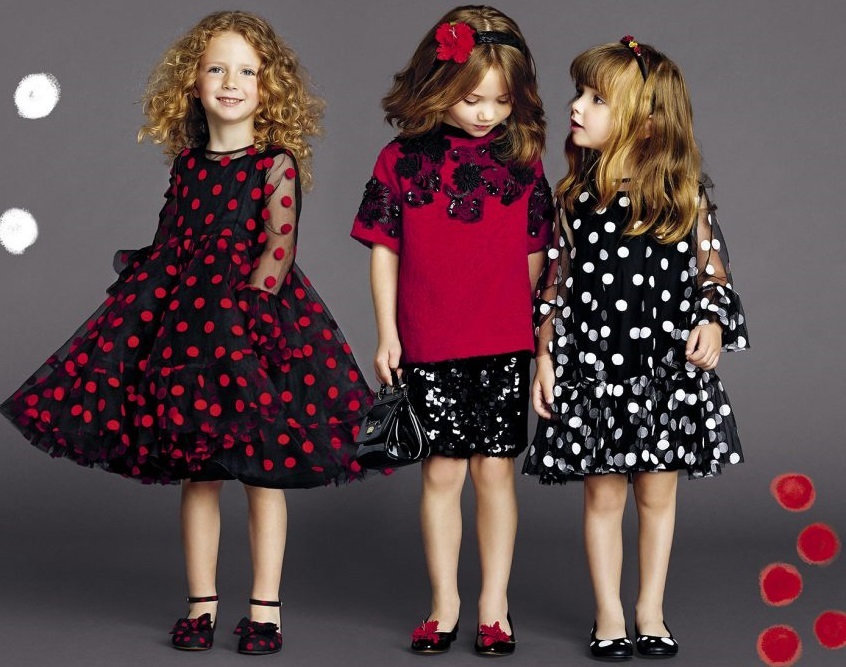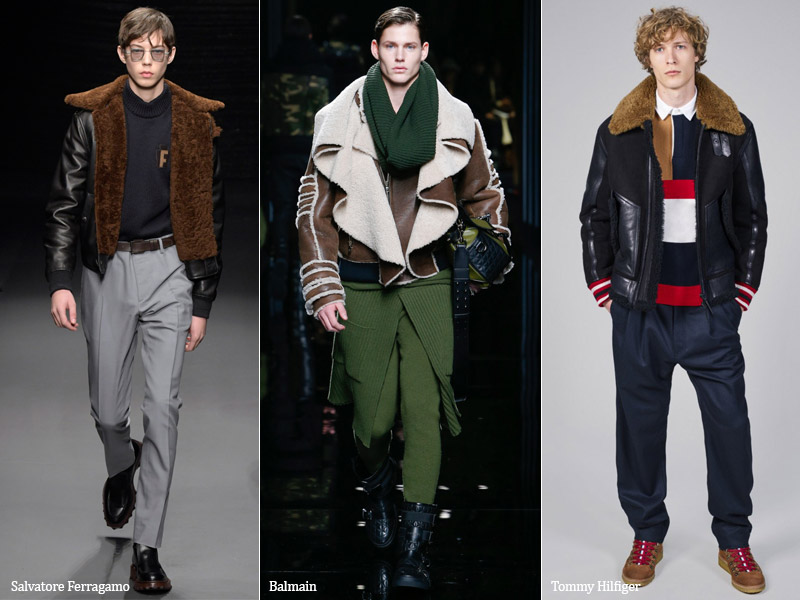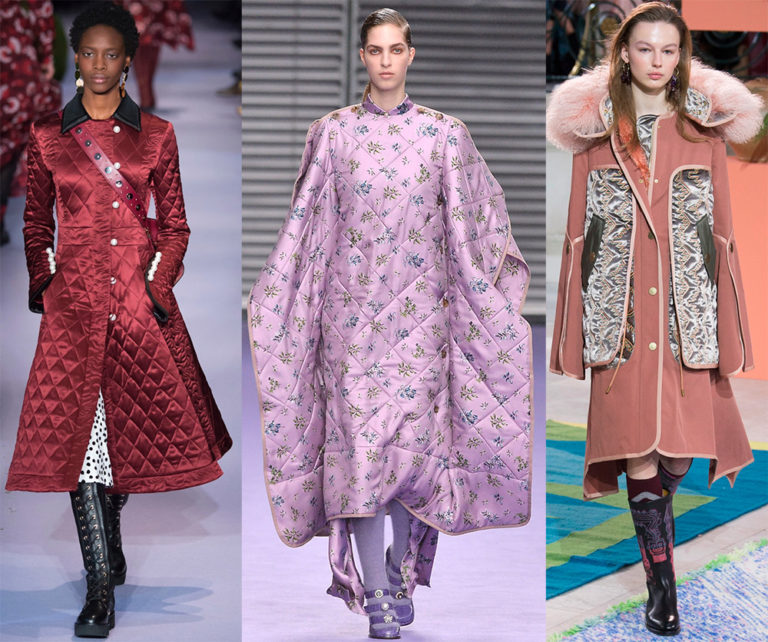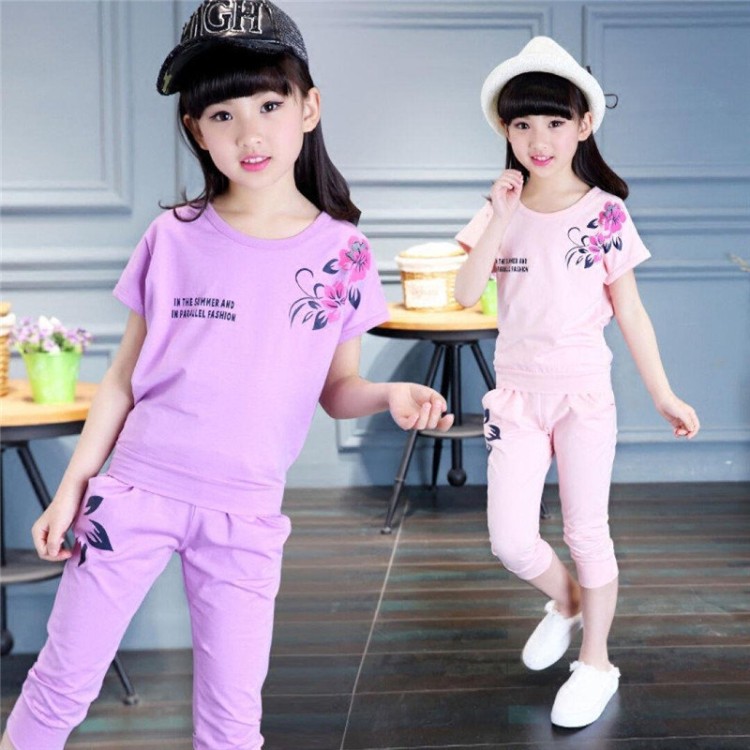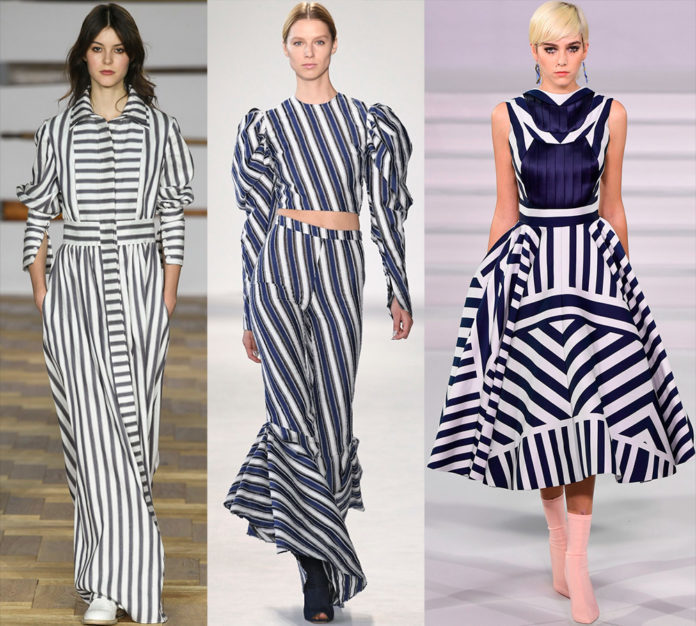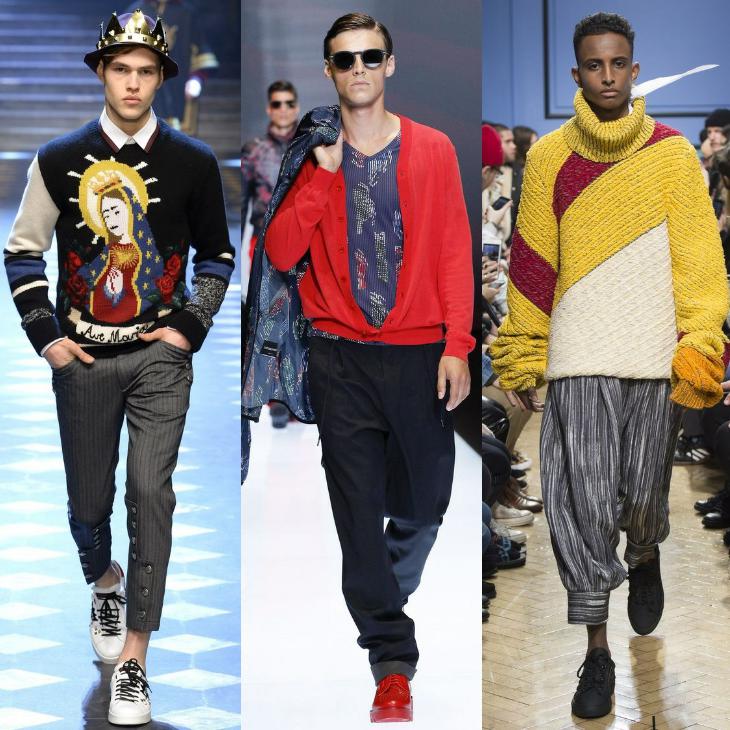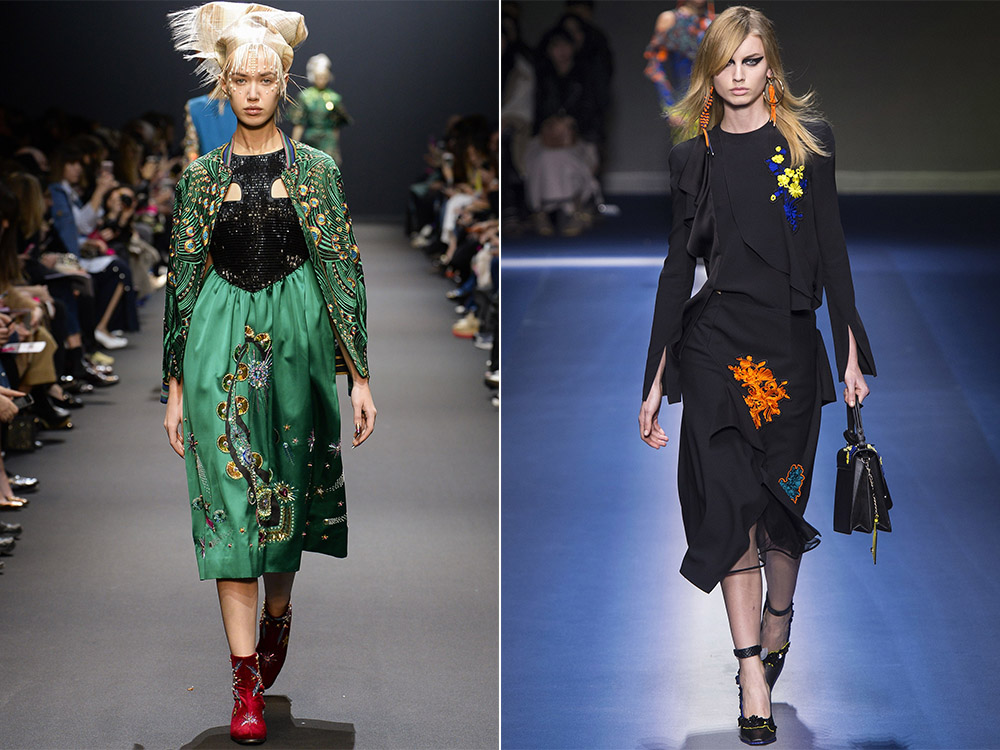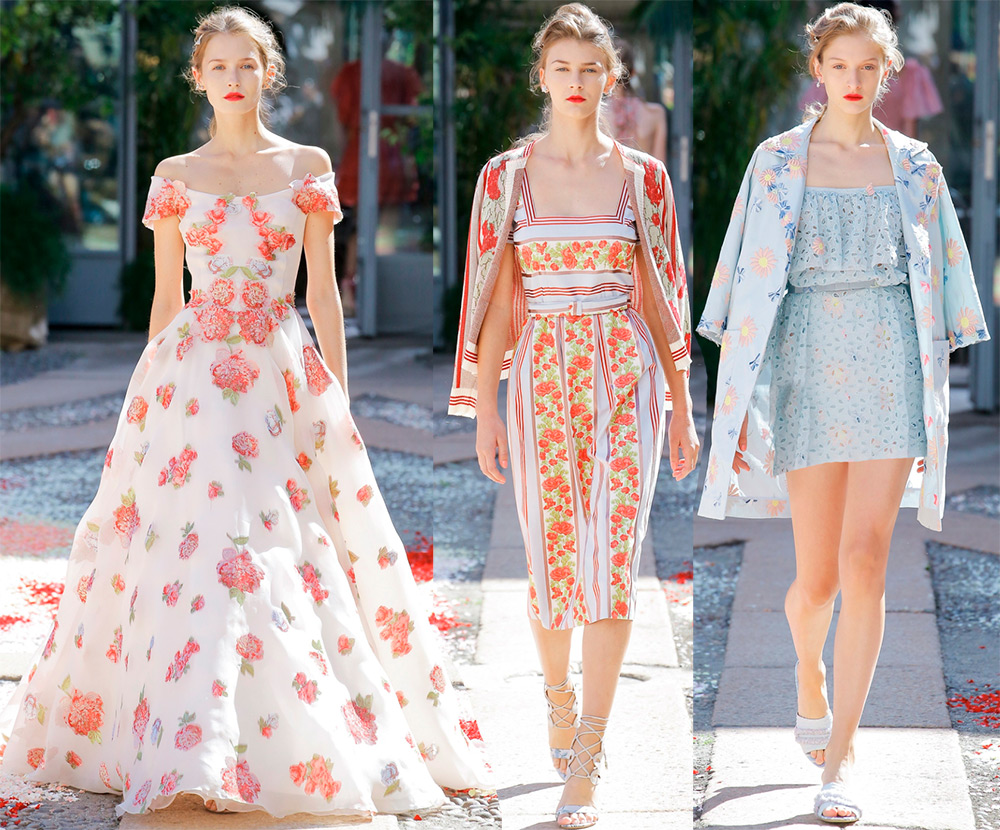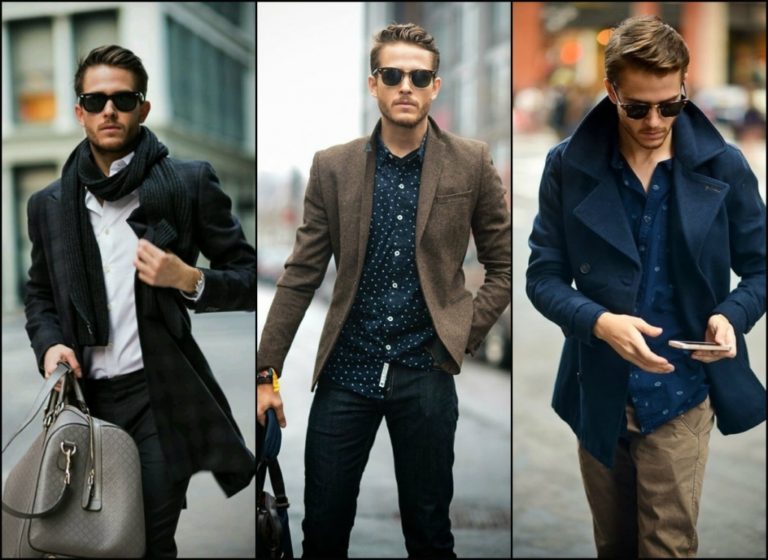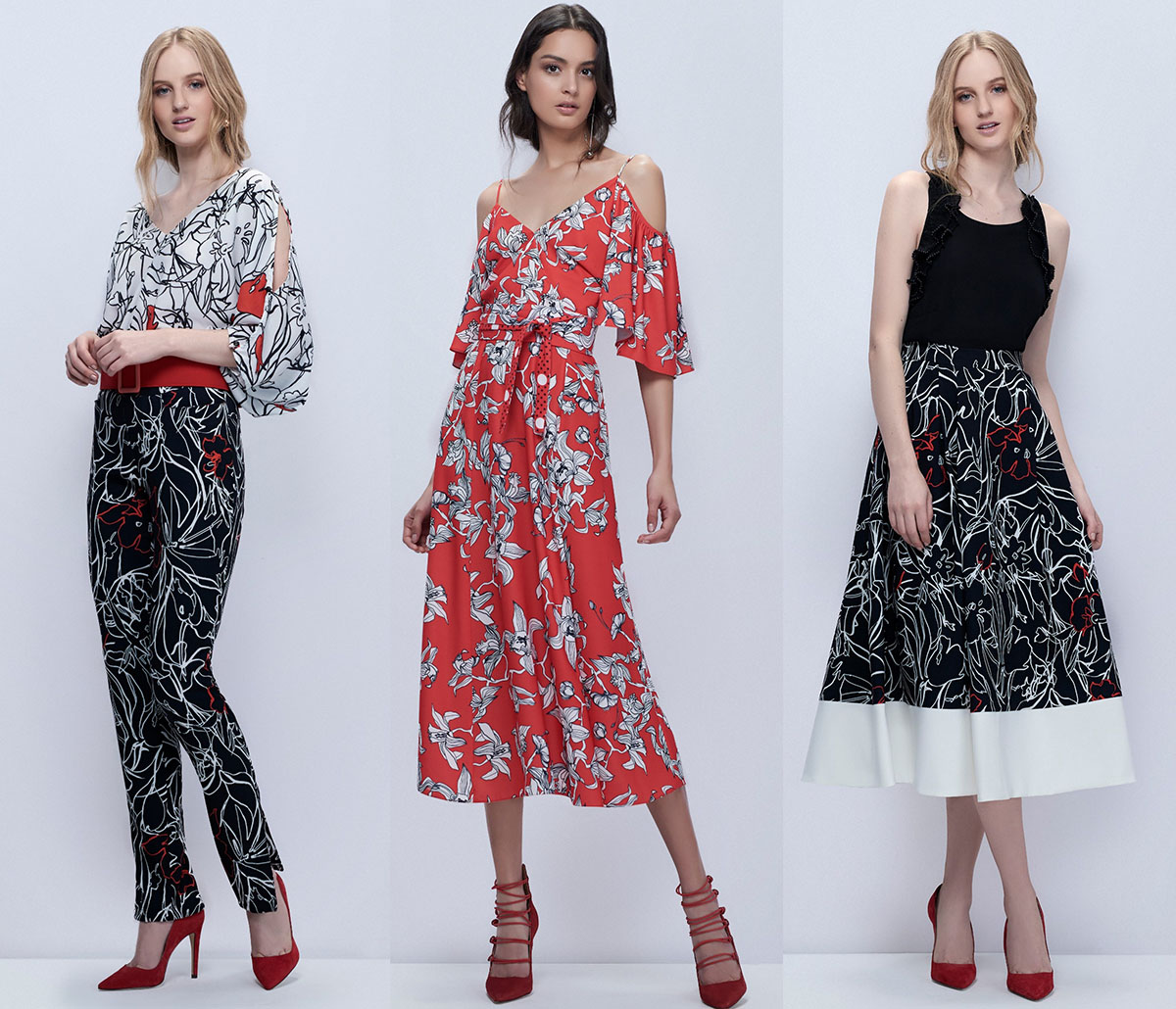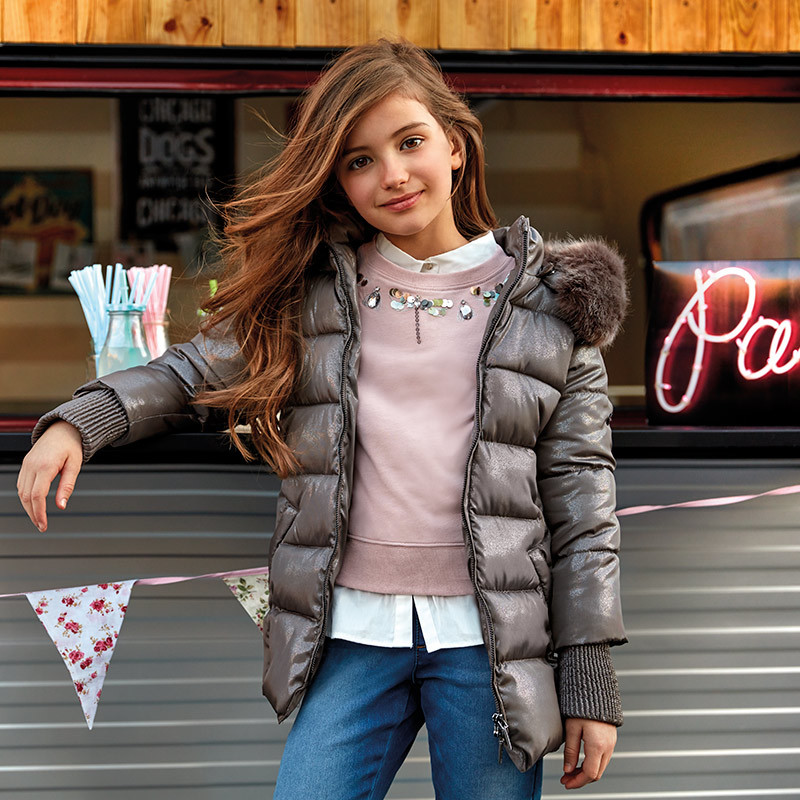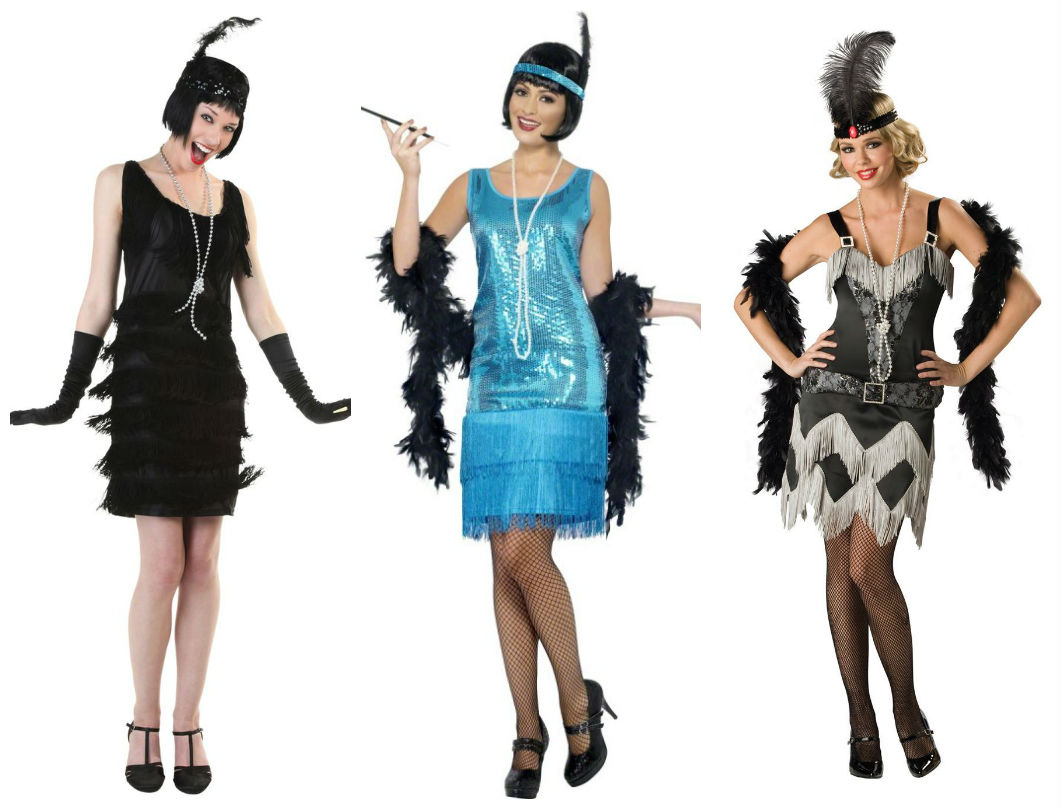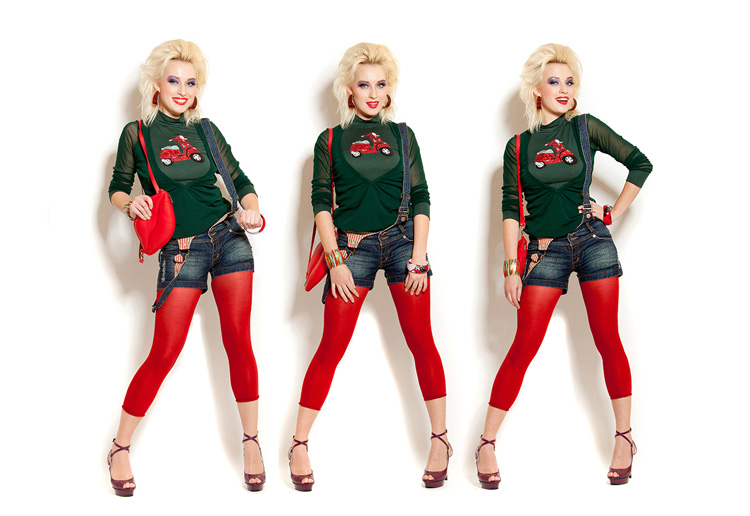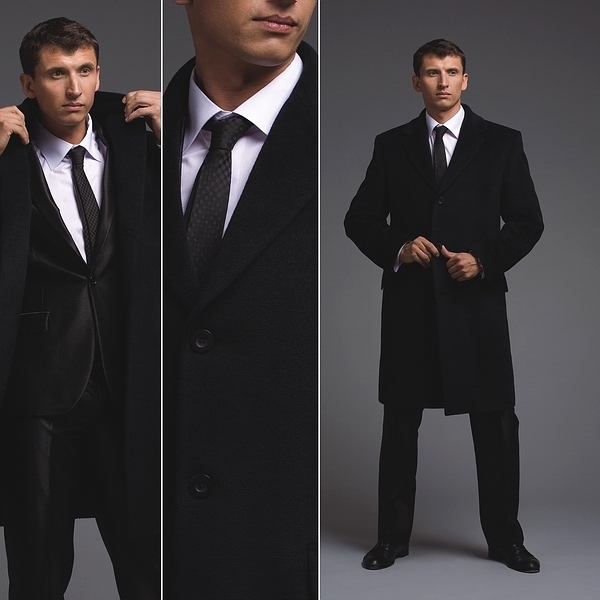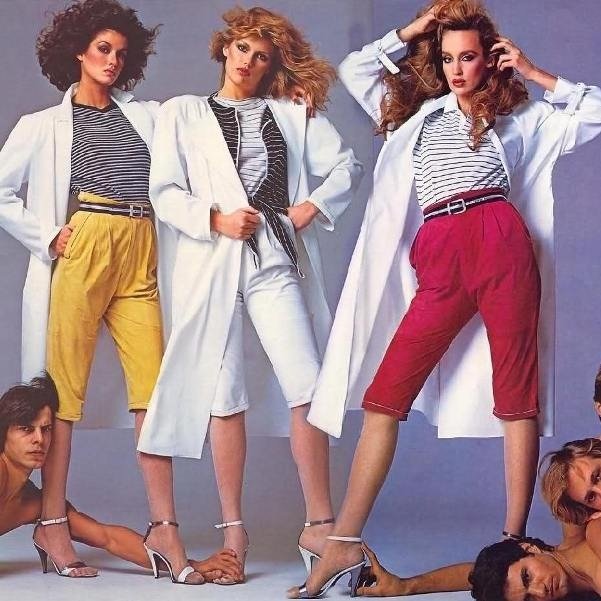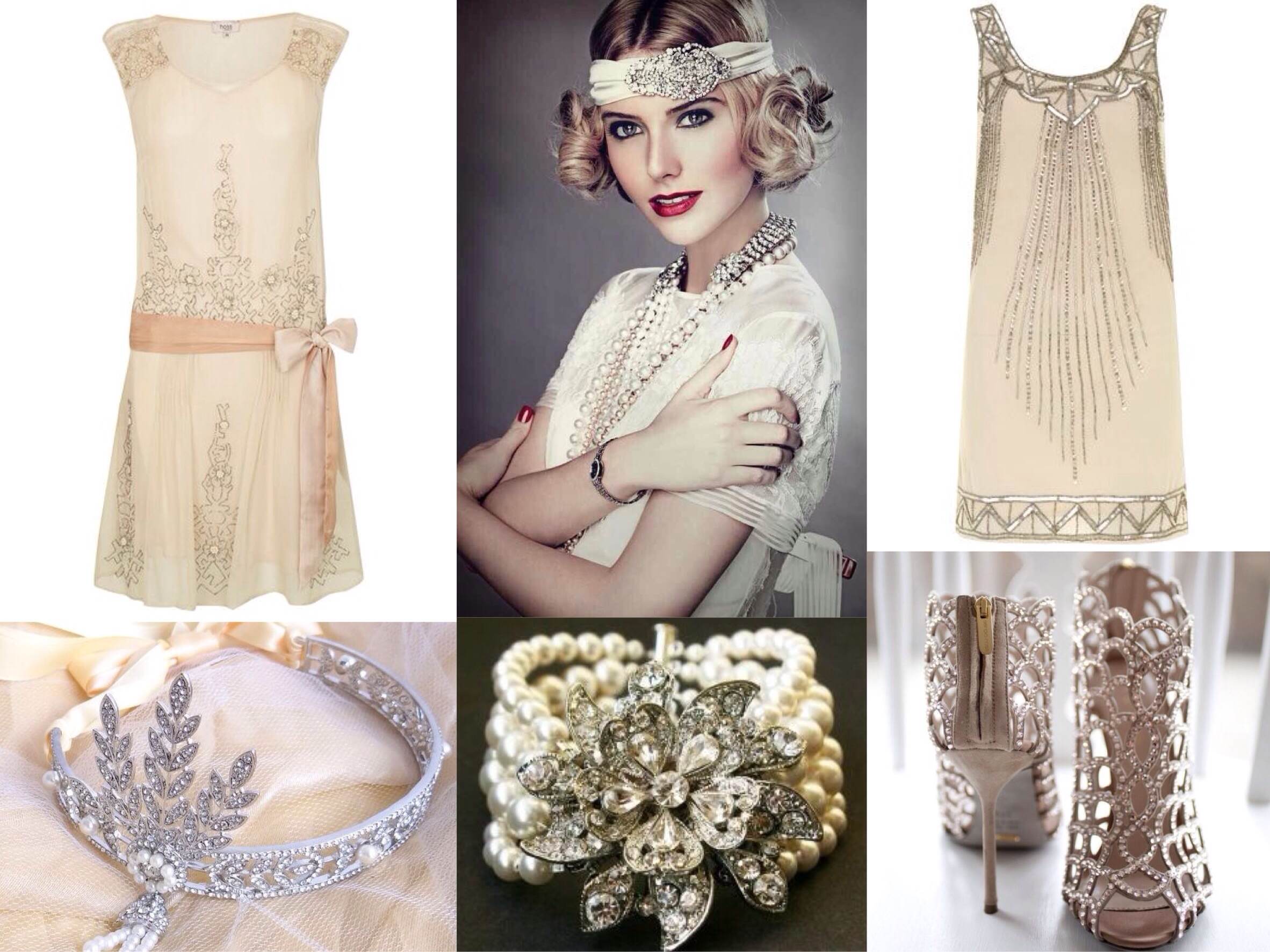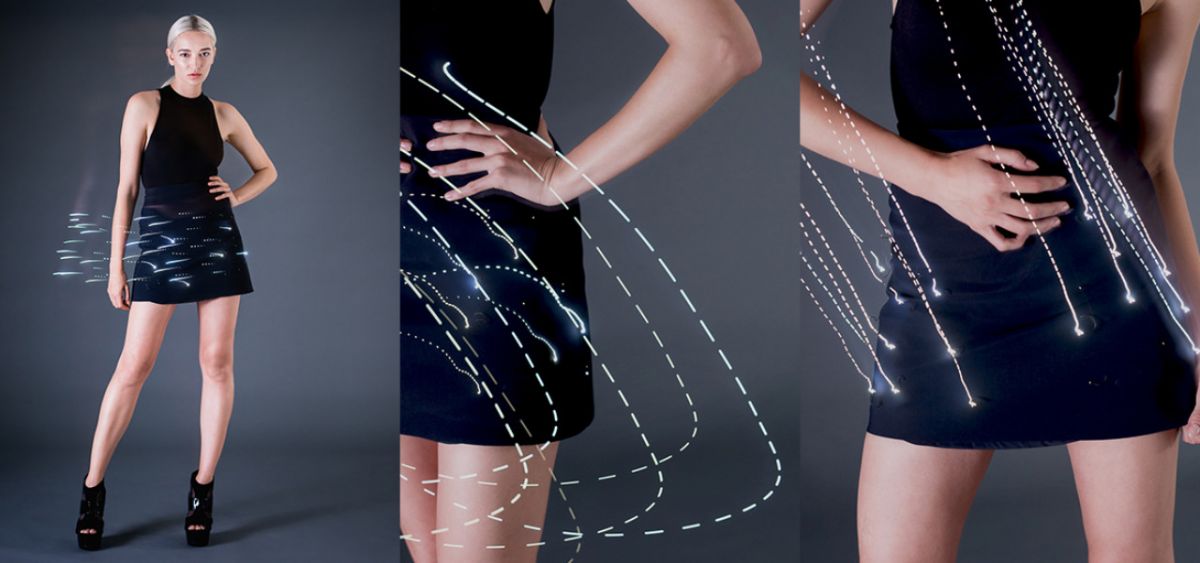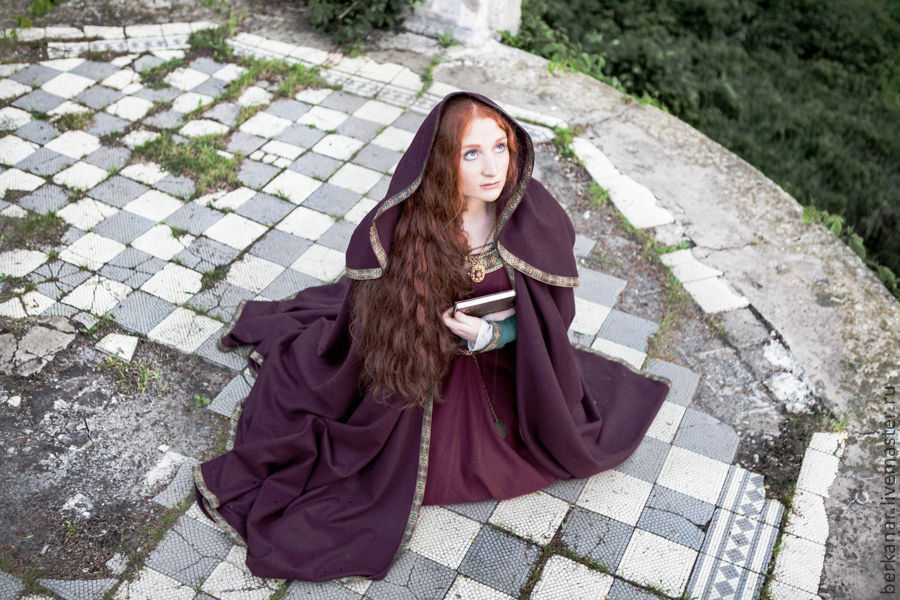The result of centuries of human labor in the field of fashion is modern clothing. Today, a wardrobe can determine a person's status and lifestyle, and tell about their habits and hobbies. Fashion designers do not copy elements of the past, but constantly work on new options, new details. Men and women can choose their own style in an abundance of variations that will match their inner world.
Types and features of modern styles
"Stylish woman", "stylish image", "stylish accessory" - these are expressions that we encounter every day. The word "style" can have a large number of synonyms. But many fashionistas do not know what they are, so any fashion item is called "stylish". There is indeed something in common between these concepts, but they are not the same thing at all:
- "Style" ─ the Greek word "stylus" (stick) - means a structural unit of a certain system and a way of artistic expression. In style there are always short-term changes, which are called fashion;
- "Fashion" is a French word that means a rule, a way, a way, a measure. It can temporarily prevail in a certain style, as well as in various life and cultural spheres. Today, fashion allows for a combination of various modern clothing styles. The only important condition is a sense of proportion.
Paris has been considered the birthplace of fashion since the 12th-13th centuries. Each era was marked by its own specific style, form and traditional type of costume. Gabrielle Bonheur, known to the world as Coco Chanel, made a great contribution to the development of costume art.
Coco Chanel was the most famous fashion designer of the 20th century. In her work, she used simplified forms of clothing. Her everyday suits showed not only the professionalism of the master, but also the accuracy of proportions, comfortable forms, artistic taste, simplicity, and clarity of lines. Chanel's suits emphasized elegance and sophistication. "Fashion comes and goes, but style remains!" - so Coco Chanel once said.
Later, fashion designers made a classification of modern clothing styles. Modern fashion is divided into the following:
- Classic. The style is the basis of every woman's basic wardrobe. The clothes are suitable for working ladies who cannot do without an elegant dress, several business trouser suits, a pencil skirt, several formal blouses. The birthplace of the classic style is England, where it appeared at the end of the 19th century. To make clothes, manufacturers use expensive high-quality material, as well as rich noble fittings:
- flax;
- wool;
- silk;
- artificial fabrics
- precious metals;
- ivory.
Modern clothes in a classic style have a strict look, taut forms, a small number of details. Restrained color solutions can be complemented by decorative trim.
Fashionable clothes can be made in semi-fitted, fitted and elegantly straight silhouettes. A business suit will perfectly represent the modern office style of clothing for women;
- Avant-garde. This style appeared at the end of the last century. It can be compared to the Art Nouveau style, but it does not have such strict requirements. Features of the style:
- flashiness;
- novelty;
- exoticism;
- madness;
- extravagance.
The style is not applicable to the general population. It can be described rather as a "challenge to the crowd". Representatives of the avant-garde style are: Pierre Cardin, Vivienne Westwood and the English fashion designer Gareth Pugh;
- Aviator. Military pilots can perfectly represent the aviator style. Its main characteristics:
- rough, loose-fitting clothing;
- short jacket with elastic waist;
- boots;
- large glasses;
- leather or suede gloves;
- warm hat with a long scarf.
- Bohemian (boho chic). The style emphasizes the refined qualities of a person, his interest in culture or art. It partially copies classic elements of clothing. The founders of the bohemian style include many fashion designers, such as Dante Gabriel Rossetti, Jane Morris, who abandoned tight corsets and began to use loose-fitting dresses. It harmoniously combines bright “gypsy” details, ethnic motifs, vintage elements with military style. By combining the details, modern designers have received an exquisite, complex, original bohemian style.Main characteristics:
- Layering. A style without design rules. Clothes of different lengths and styles can be combined. For example, you can wear a small dress with leggings under a wide skirt. Put on several vests of different lengths over a light shirt, and throw a shawl or stole on top. Bohemian style has a popular name ─ "from under Friday ─ Saturday";
- Color. Clothes with bright patterns in pink, gray, and blue shades are welcome;
- Material. This is a complex and expensive style. Products are made of natural material, which is considered basic. Linen, cotton, and silk clothing are preferred. To create a bohemian look, they also use:
- velours;
- velvet;
- suede;
- fur.
Many images of bohemian style products are presented in rough leather, combined with translucent chiffon or with velvet and cotton;
- Sports. Sportswear is comfortable, convenient, with free suits that do not restrict movement, intended for everyday wear, travel and sports. The beginning of the emergence of the sports style is considered to be the period after World War II in the USA. The main properties of clothing made of sports fabrics:
- hygiene;
- water and air permeability;
- hypoallergenic;
- strength;
- wear resistance.
Sportswear includes a shirt, a T-shirt, a jacket, capri pants, and a tracksuit. They are distinguished by a large number of decorative elements, fittings and an abundance of patch pockets;
- Romantic. This style in modern clothing is able to emphasize the beauty, sexuality of women, change them beyond recognition. Ruffles, rhinestones, pearls, beads or other decorative elements will help to solve this problem. In such formal, festive clothes, a woman feels like a real queen, since a special cut, decorative trim or fabrics correspond to the Versailles era of the 8th century. In general, a romantic image is based on a historical costume. To create it, fabrics made of natural or artificial silk, brocade, nylon, organza are used. Such fabrics create not only airy light images, but also voluminous forms of women's clothing. When it comes to a romantic image, wedding and evening dresses immediately come to mind;
- Folklore. The style of women's clothing in each country has its own characteristics, national or traditional costume. It can be Indian, Chinese, Russian style, Scottish, Austrian or Ukrainian style, stylized for a specific culture;
- Vintage. This is the return of fashion trends from the past. Vintage style has time restrictions ─ not younger than 20 and not older than 50 years. It can have genuine items or imitations, for the production of which artificially aged fabrics are used;
- Glamorous. This is a seductive and luxurious style. Characteristic features:
- expensive fabric and accessories;
- form-fitting silhouette;
- deep neckline;
- high heel;
- fur trim;
- bright colors and calm tones;
- expensive car and phone etc.
Due to constant changes, new fashion trends, styles remain relevant today. They have only acquired capacity, included all sorts of subspecies and trends. And the modern life rhythm of the 21st century was marked by the emergence of a new unique, urban clothing style that united many trends. With the emergence of a new trend, folklore became invisible, although there are still its adherents.
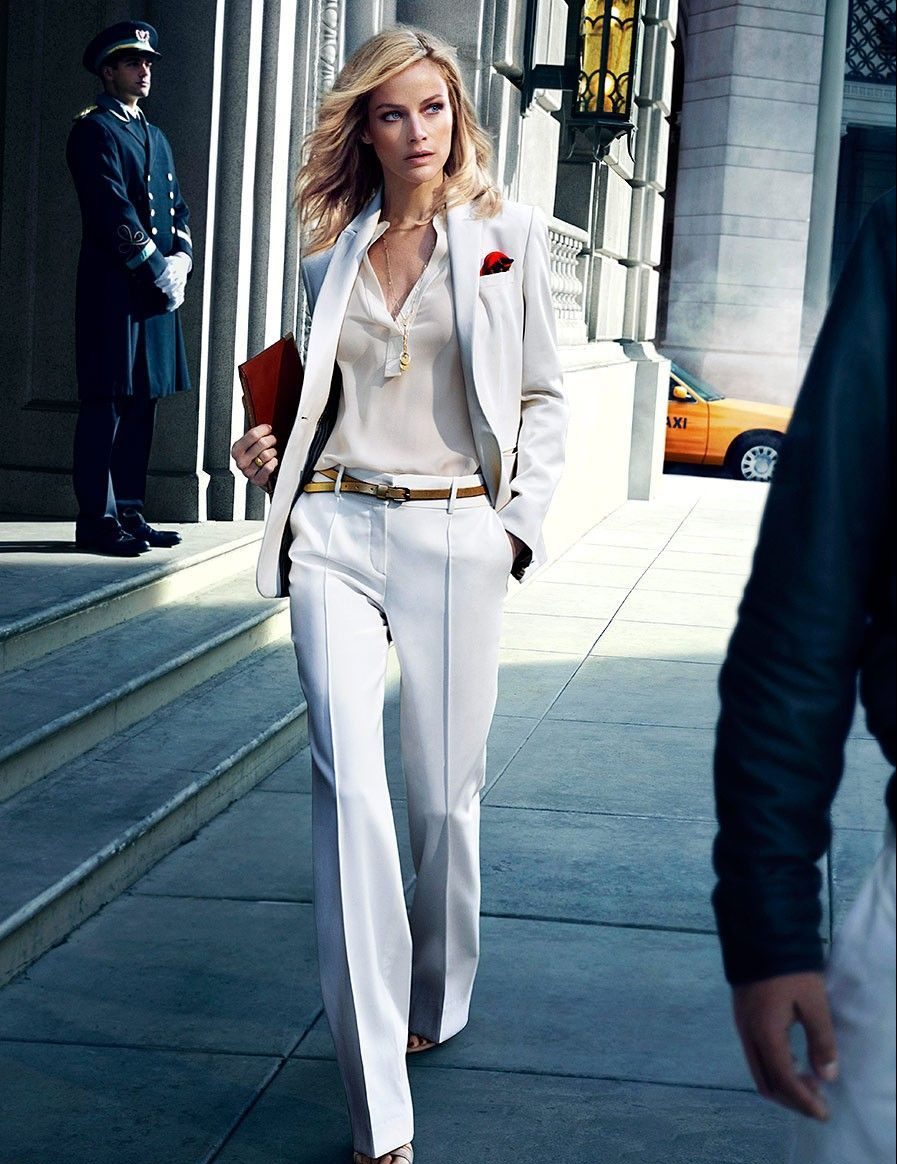

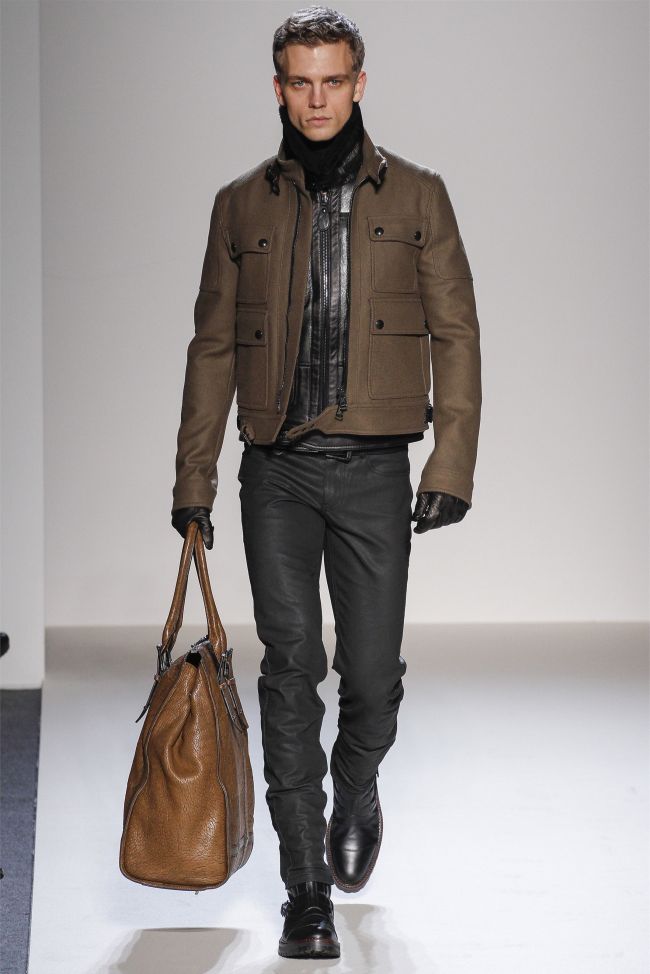

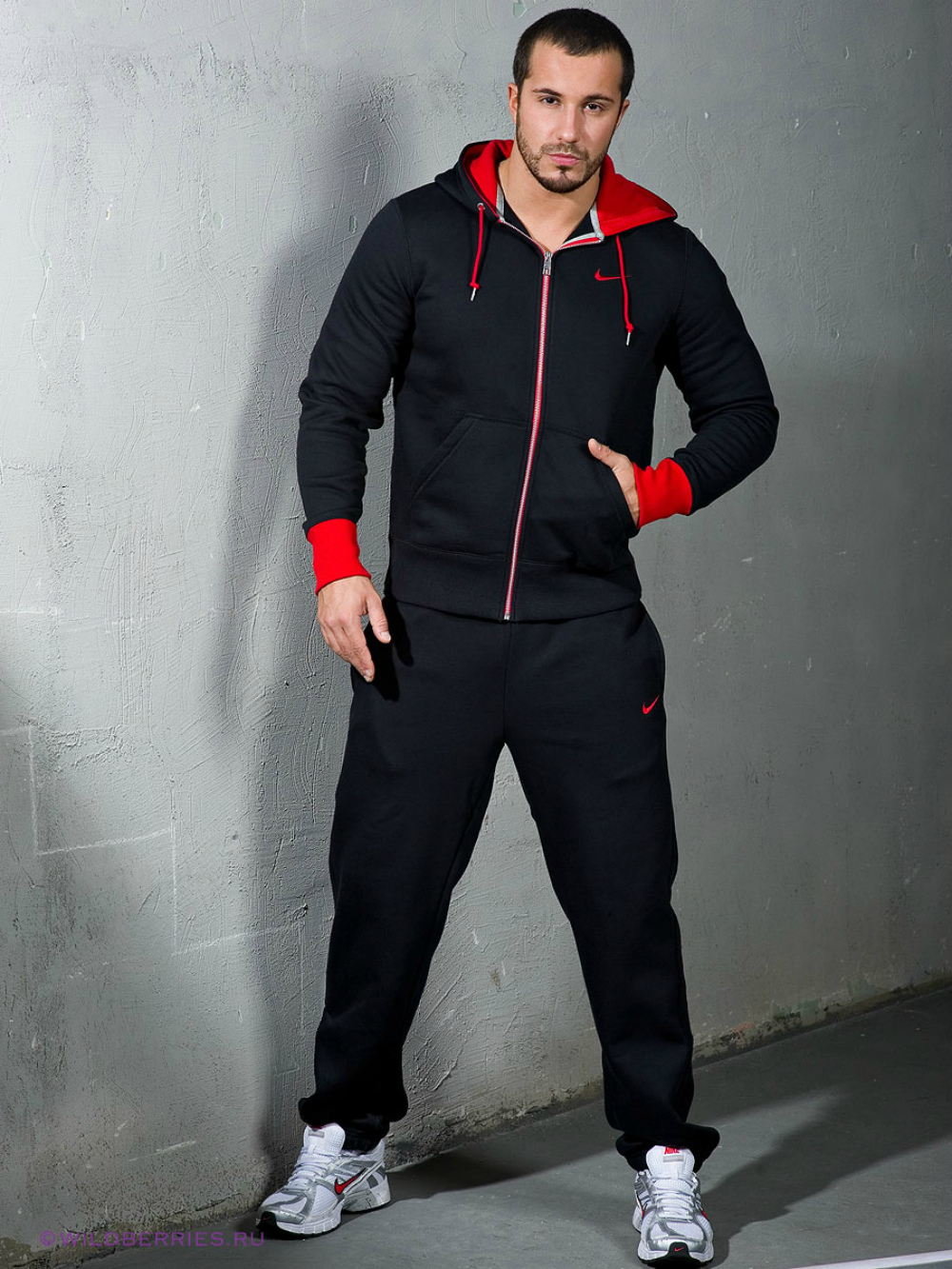
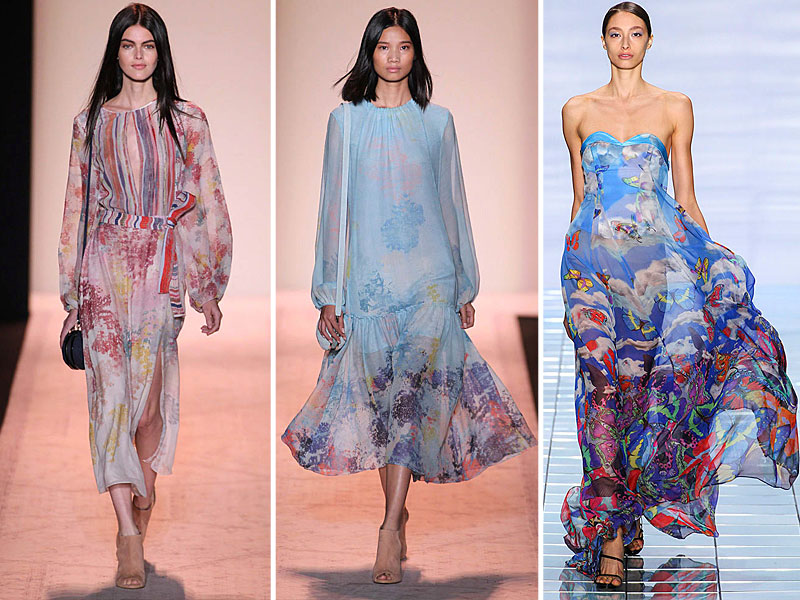
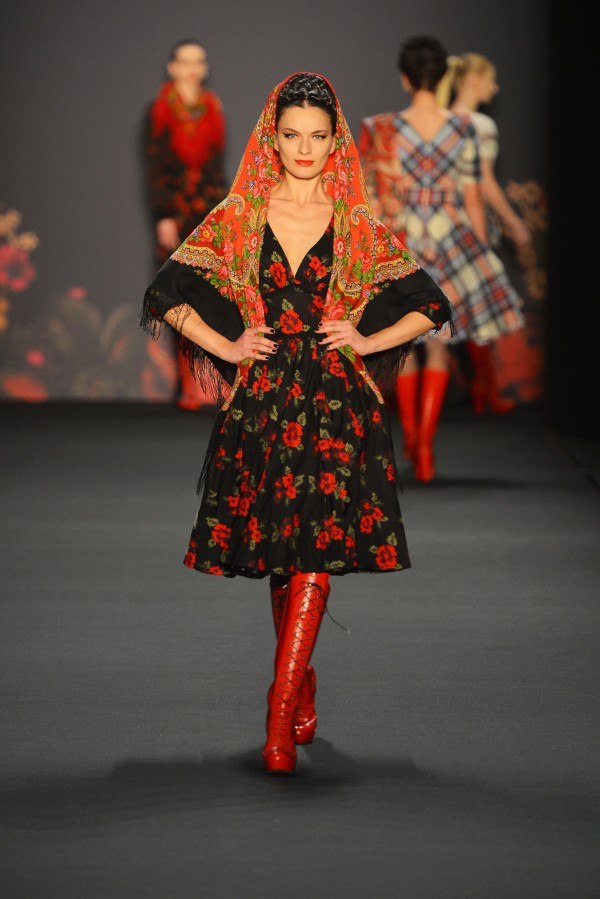
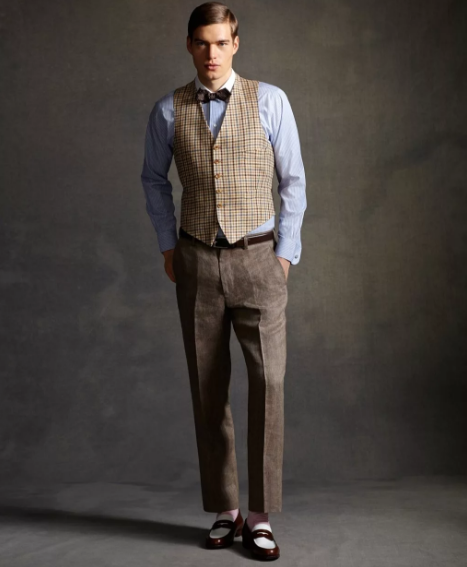
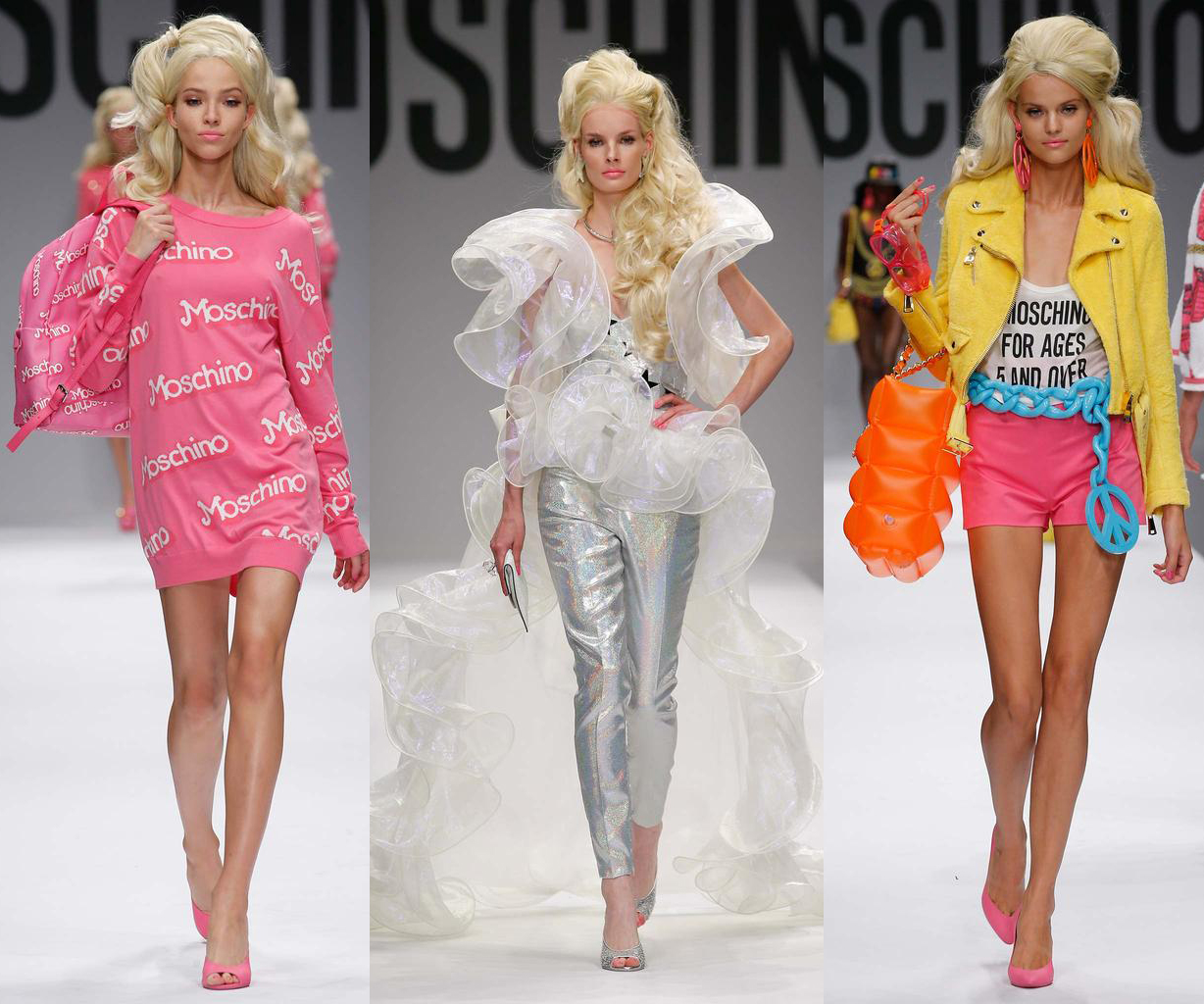
Classification
Modern clothing is diverse, it differs in assortment, material, shape, cut. According to these differences, clothing can be classified:
- By gender and age:
-
- male;
- female;
- children's (for girls and boys of different age categories - nursery, preschool, school, teenage).
-
- By season:
-
- summer;
- winter;
- demi-season (spring/autumn).
-
- For domestic use:
-
- home;
- everyday;
- festive.
-
- Working (production):
-
- professional (for doctors, police, etc.);
- special (for workers in mines, chemical production, divers, etc.)
-
- Sports;
- Spectacular:
-
- theatrical;
- pop;
- circus.
-
Modern fashion designers, in addition to classic clothing, have developed new models and given them interesting names. Some of them are taken from past eras. Let's consider the most unusual names of models that have firmly established themselves in our everyday life.


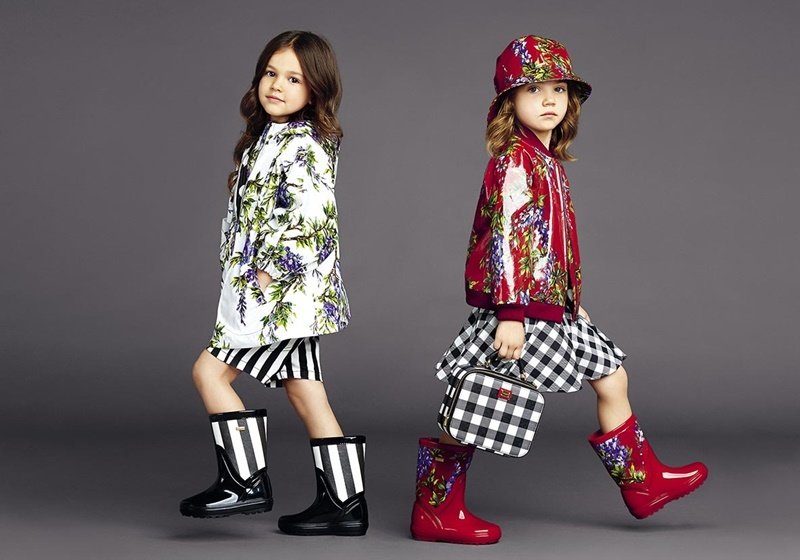
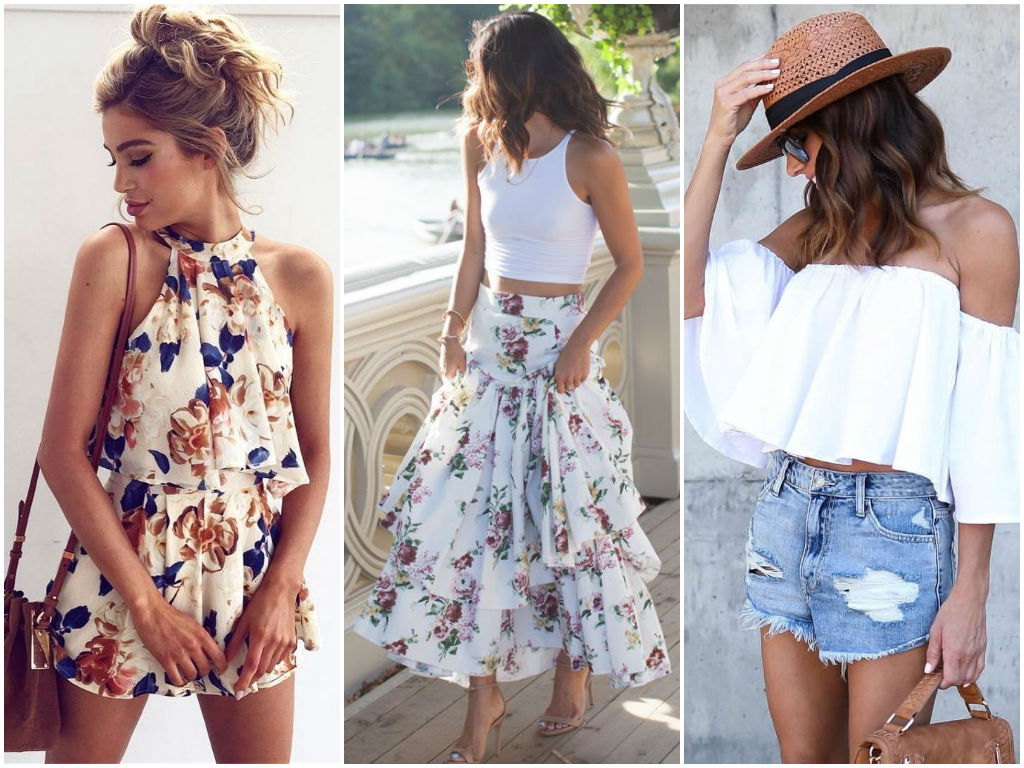
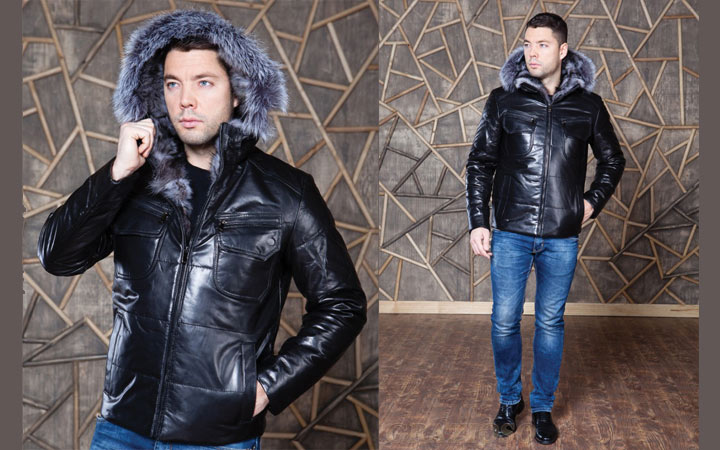

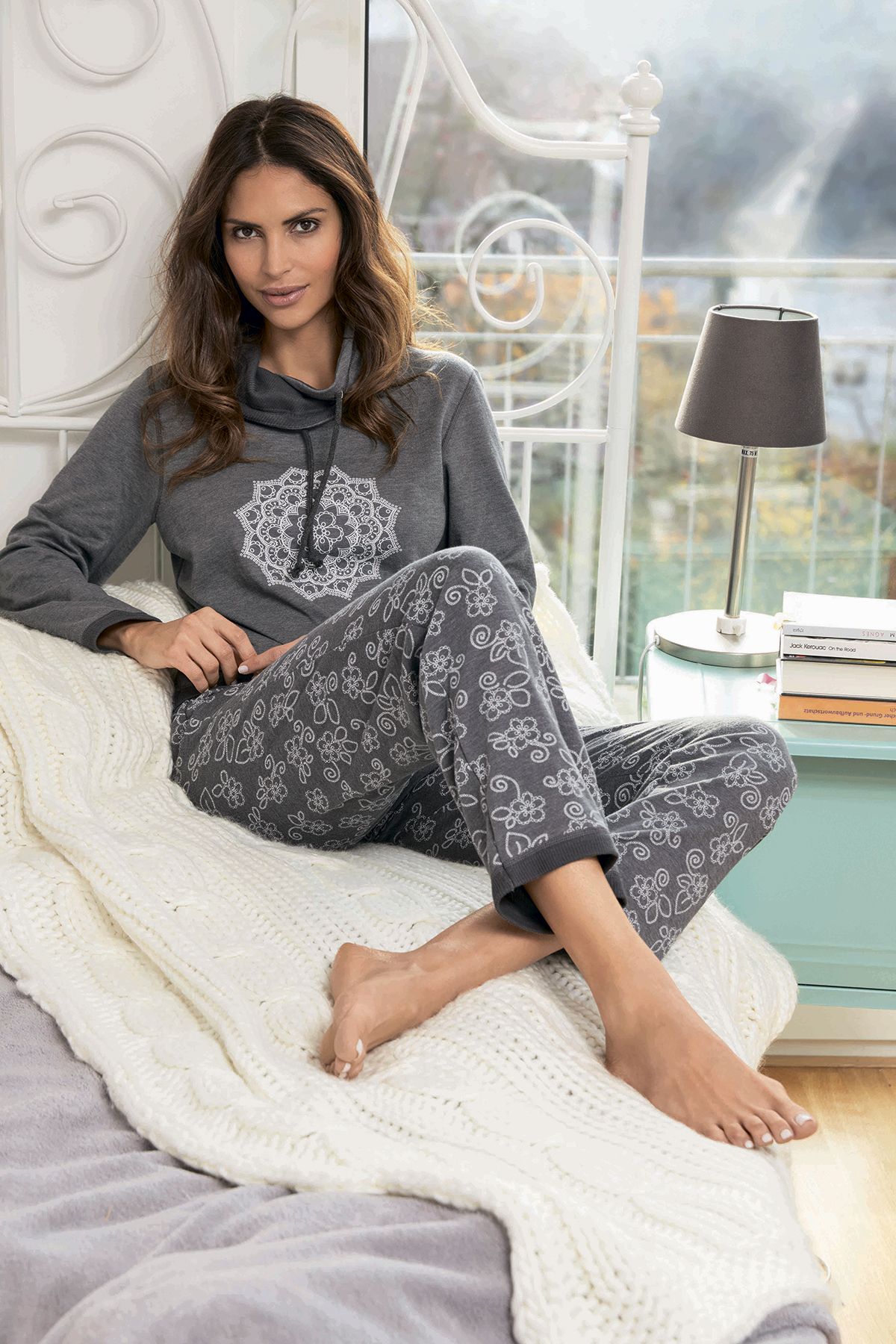




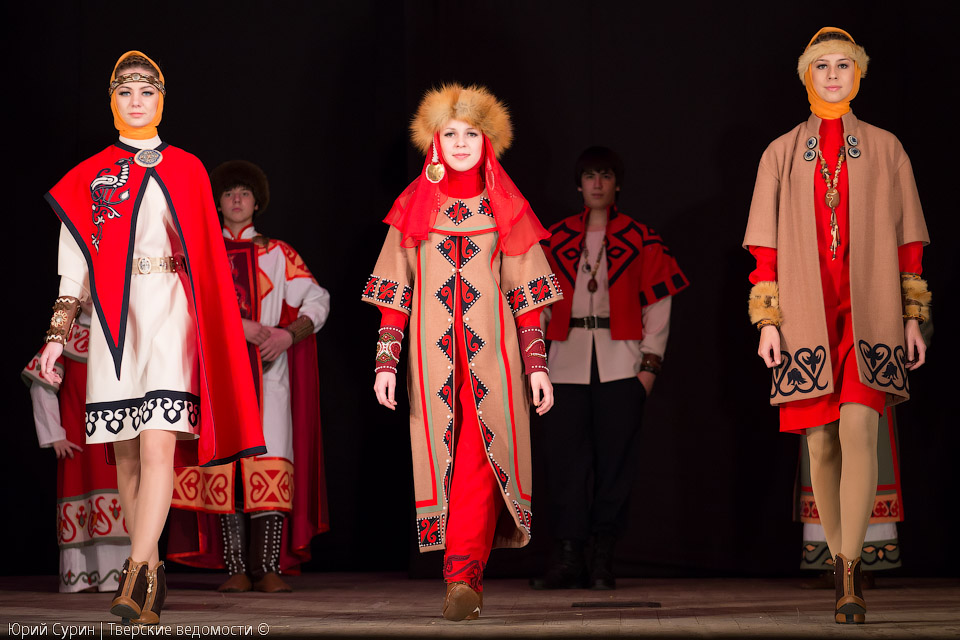
Male:
- Anorak is a hooded garment that is pulled over the head. Men's clothing protects the body from wind and rain. A kangaroo pocket is sewn onto the front panel;
- Bermudas are shorts made from suit fabric in light colors. In Bermuda, this is the national style of clothing for men;
- Blazer - looks like a jacket, its distinctive features are patch pockets, metal fittings, as well as decorative elements in the form of an anchor or heraldry.

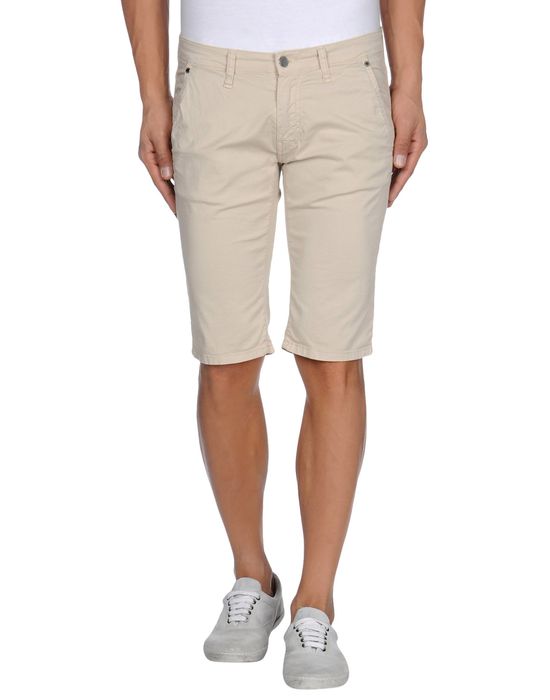
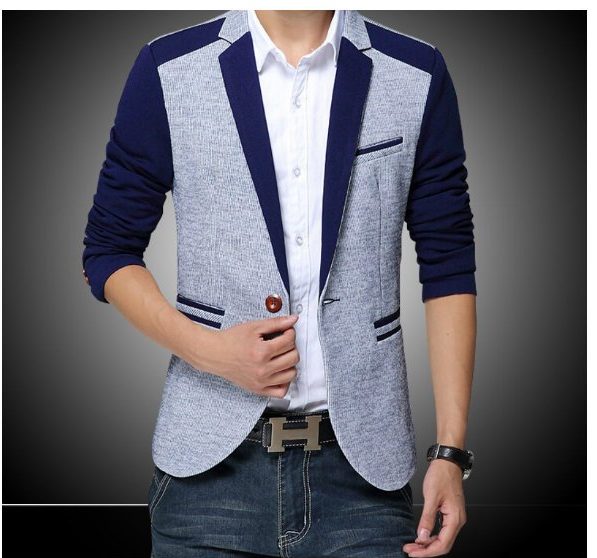
Women's:
- A bustier is a garment for girls, a top with narrow straps or a corset-type bra without straps. Until the middle of the last century, it was used as underwear for evening wear;
- Bolero is a type of short jacket decorated with beautiful decorative elements. In the past, it was an attribute of Spanish bullfighters;
- A duffle coat is a women's sportswear item in the form of a shortened coat. Its distinctive features are buttons in the form of pencils or sticks, as well as the presence of a yoke;
- Lenga is a fashionable flared floor-length skirt. This item was in the wardrobe of Indian women.
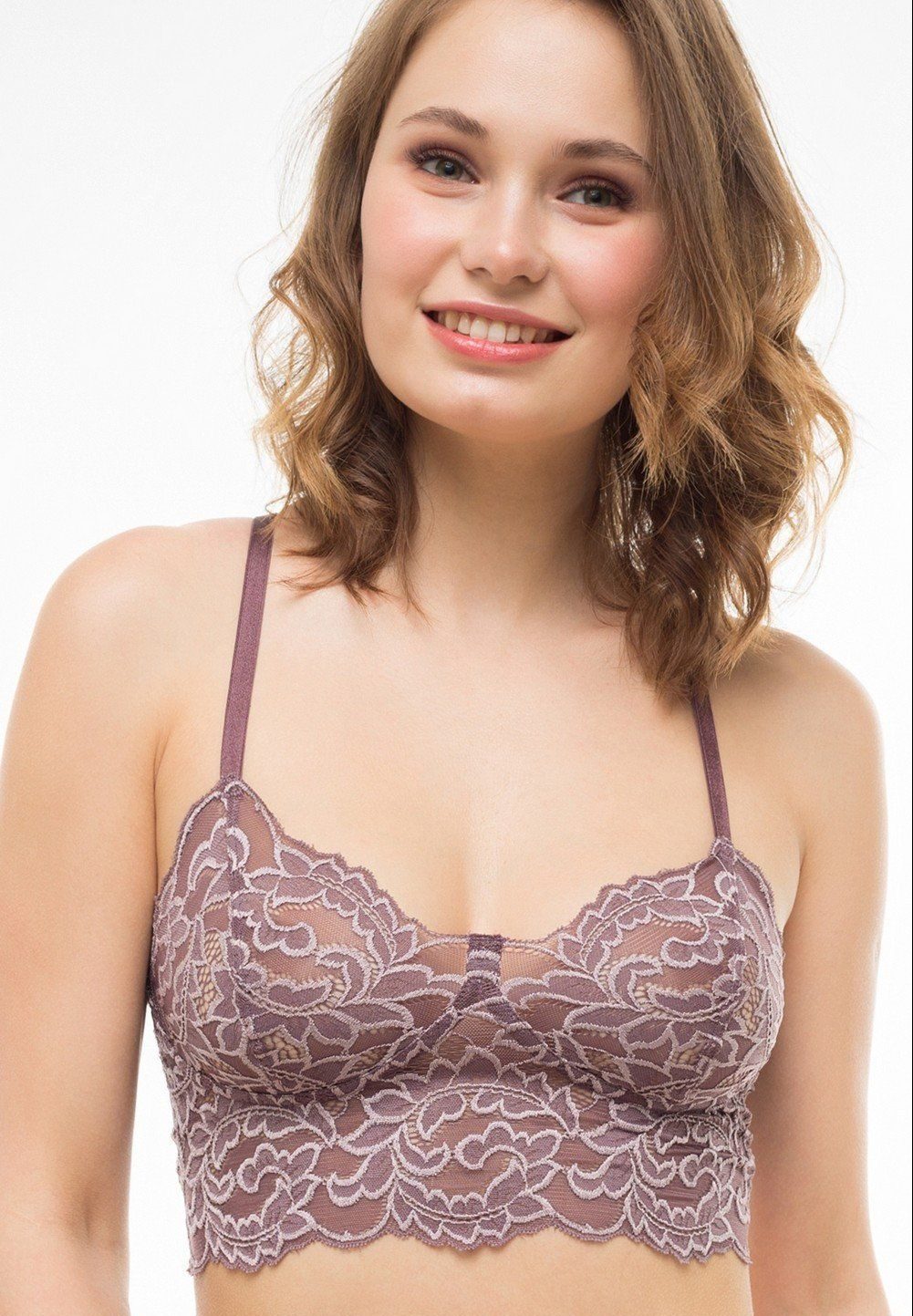
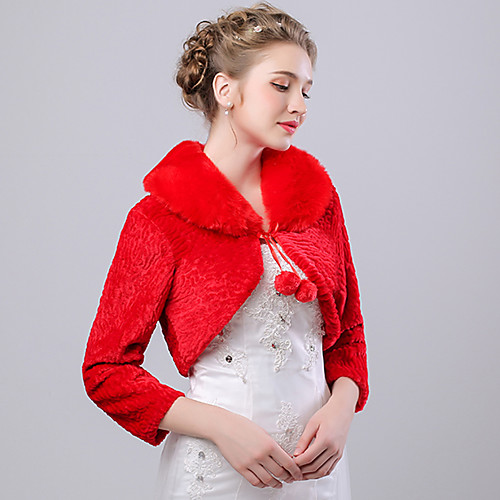
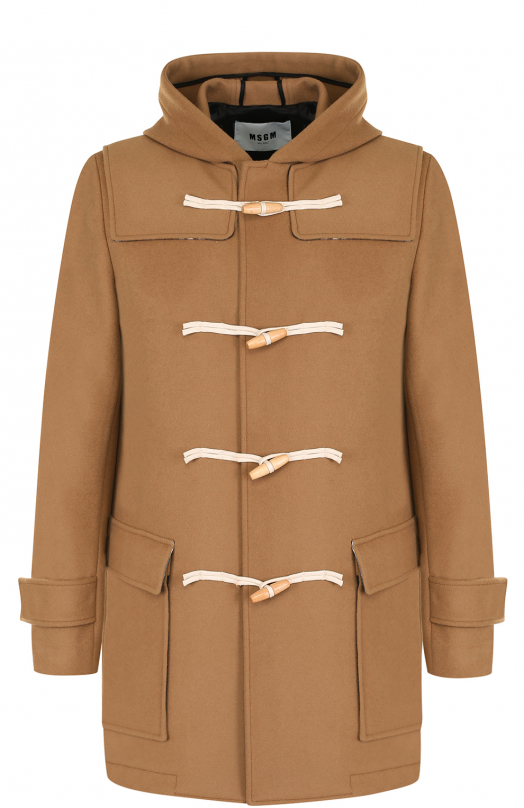
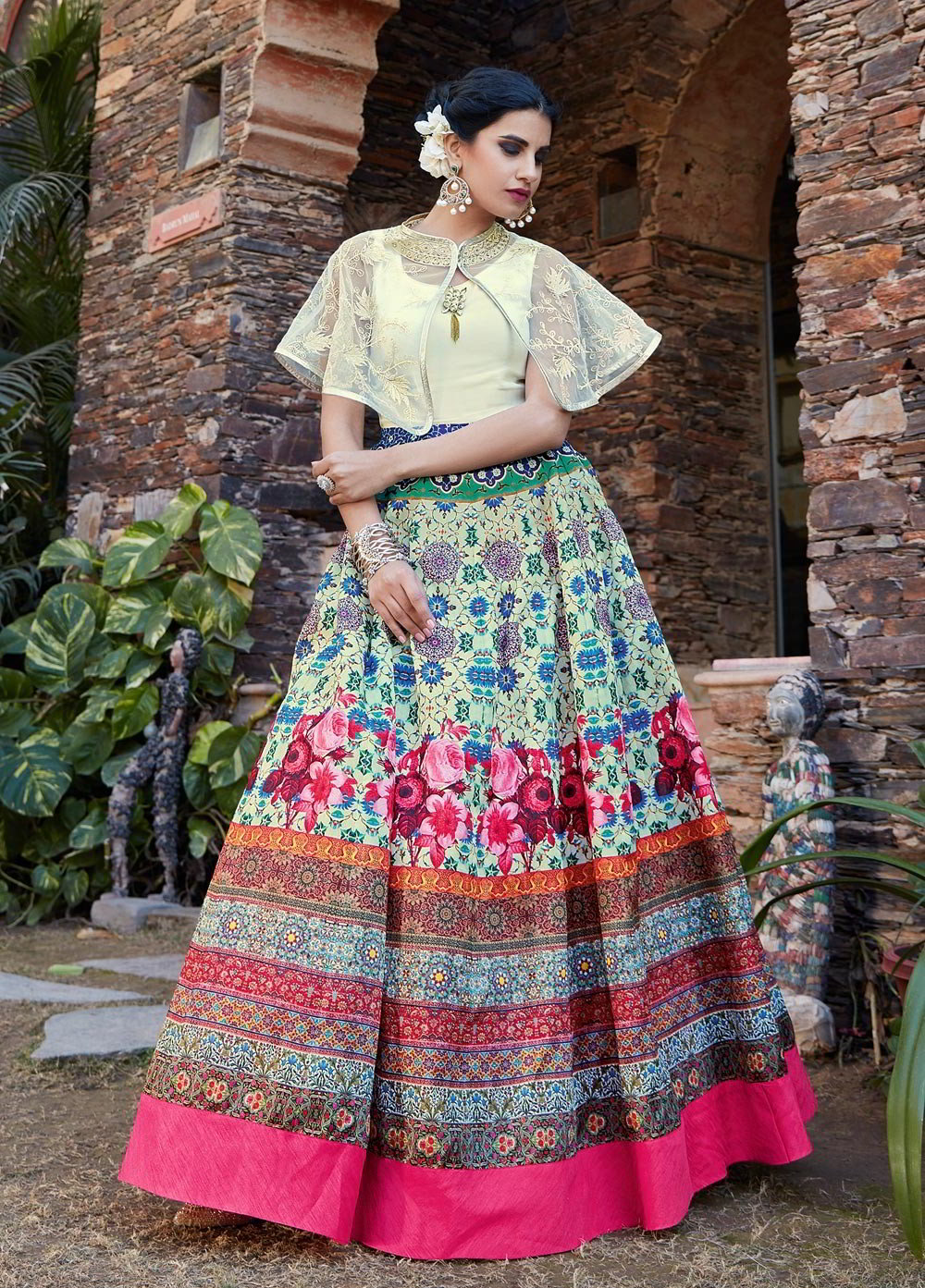
Children's:
- A bodysuit is a garment for children with long or short sleeves and a fastening in the groin area;
- Sleepsuit - looks like a "one-piece", overalls or pajamas with a front fastening;
- A cape is a short cape, an independent item that is worn over a dress or sundress of different lengths;
- Sarong is a garment for teenagers that wraps around the hips or one-third of their volume;
- A cardigan is an item for adults, but in the wardrobe of modern children's clothing there is also a variation of a long, straight silhouette without a collar.
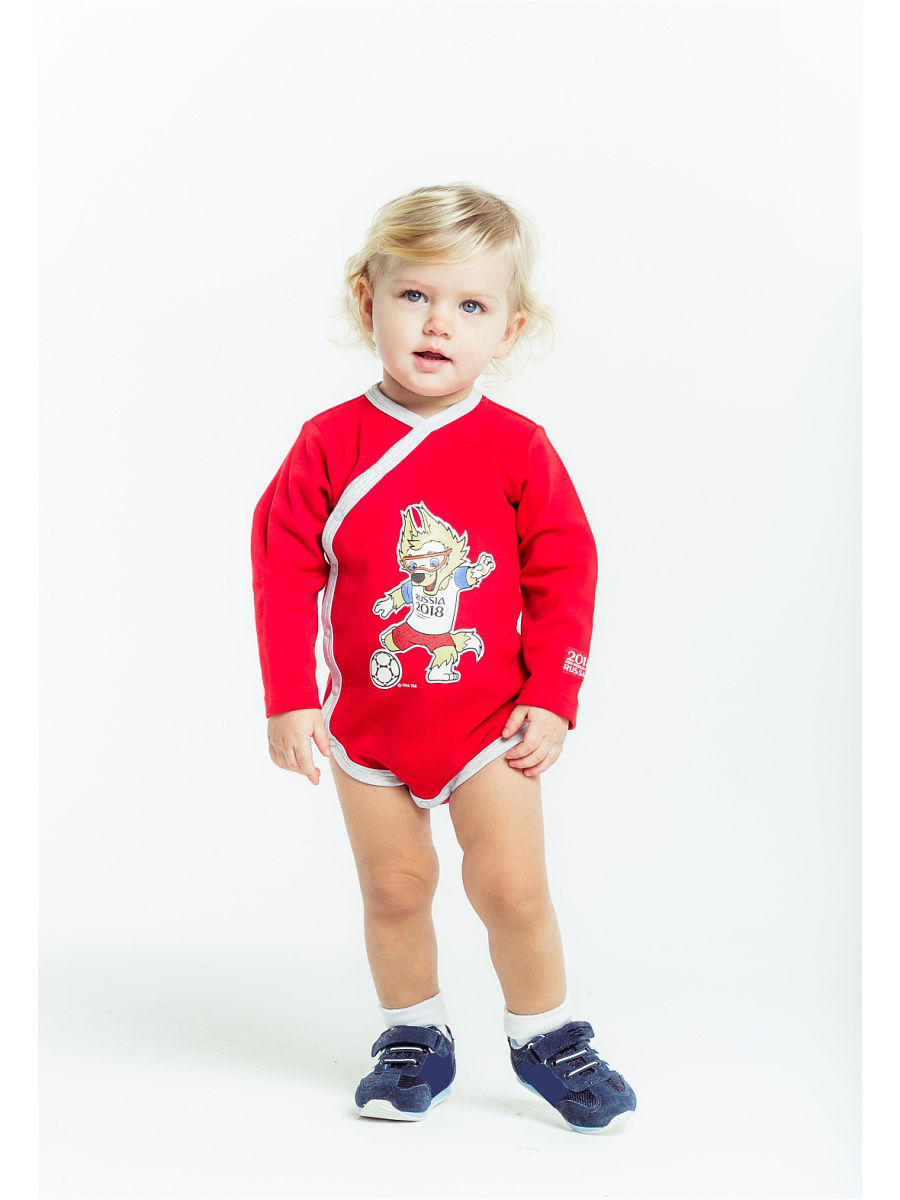
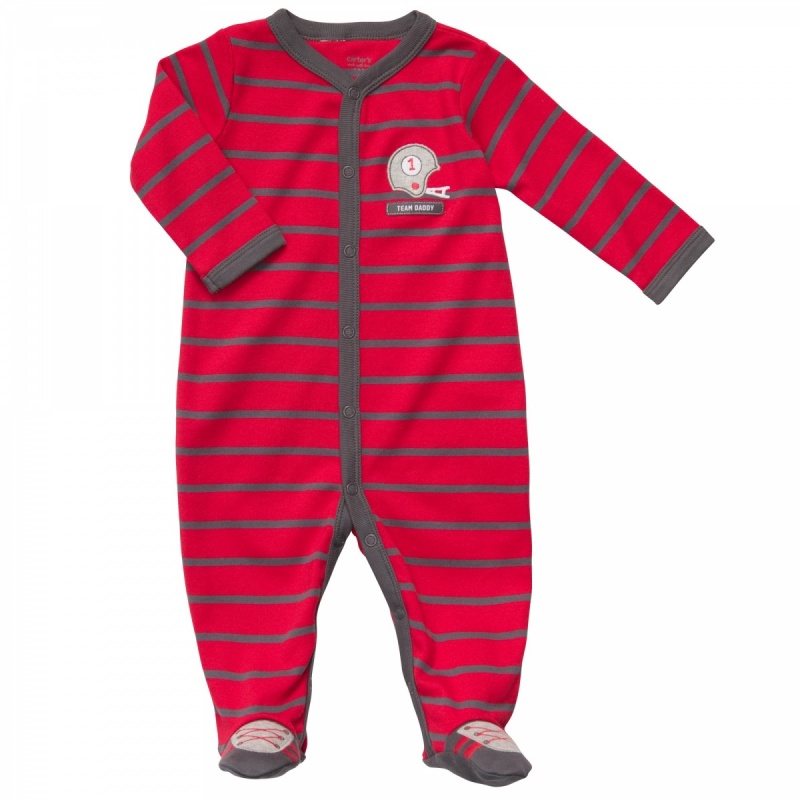
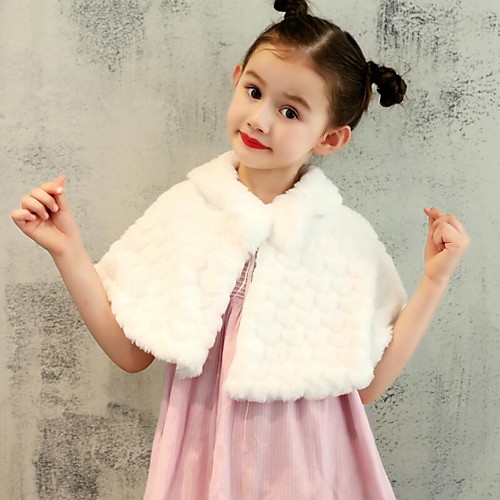

Types of modern footwear
The store shelves are filled with a variety of shoes. A large number of types and variations make buyers confused when choosing. It is important to remember that most often manufacturers modify and decorate the same types of shoes. There are only a few basic types:
- Sandals. This type of product came to us from Ancient Rome or Ancient Greece. Later they began to transform and gradually turned into shoes;
- Shoes. Leather shoe models were especially popular in European countries. Later they began to appear in Russia. In addition, men wore them with stockings so that the beautiful product was open for viewing;
- Boots. Shoes continue to transform and adapt to cold weather. They become taller, turn into boots with buckles or laces;
- Boots. Modern boots are long shoes.
Today, more and more new names appear on the modern shoe market, such as ugg boots, ankle boots, loafers, brogues, slippers, monks, etc. In order not to get confused in the store from the names offered, you need to have an idea about shoes.
Espadrilles are a type of summer shoe with a rope sole. This is the Spanish name for shoes.
Brogues are perforated shoes that came to us from Ireland, with a cut-off toe and a medallion. The medallion's designs are engraved on the toe of the shoe.
Loafers are shoes without laces, they have a low sole, to which the upper is sewn with a decorative seam. A distinctive feature of loafers are leather tassels.
Monks - in ancient times, these shoes were worn by monks. Today, they have a high price. The product is made of one piece of natural material. A buckle is usually sewn on the ankle.
Slippers ─ slippers ─ slippers. The footwear was considered home. But fashion trends changed it to everyday. Manufacturers use textile or suede material to make slippers. The product's special feature is a thin sole.
It is not difficult to understand these nuances. But it will be useful and informative to show interest in the historical background that influenced modern footwear.


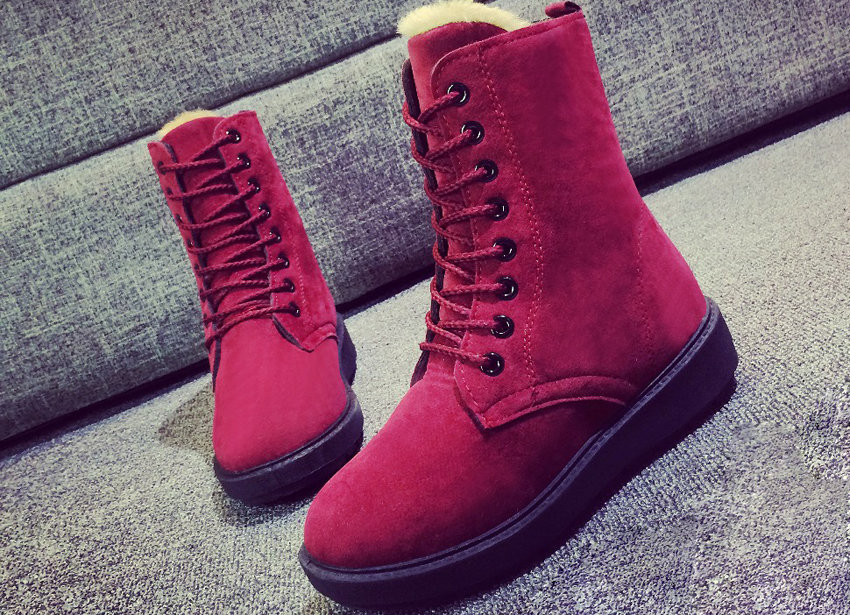
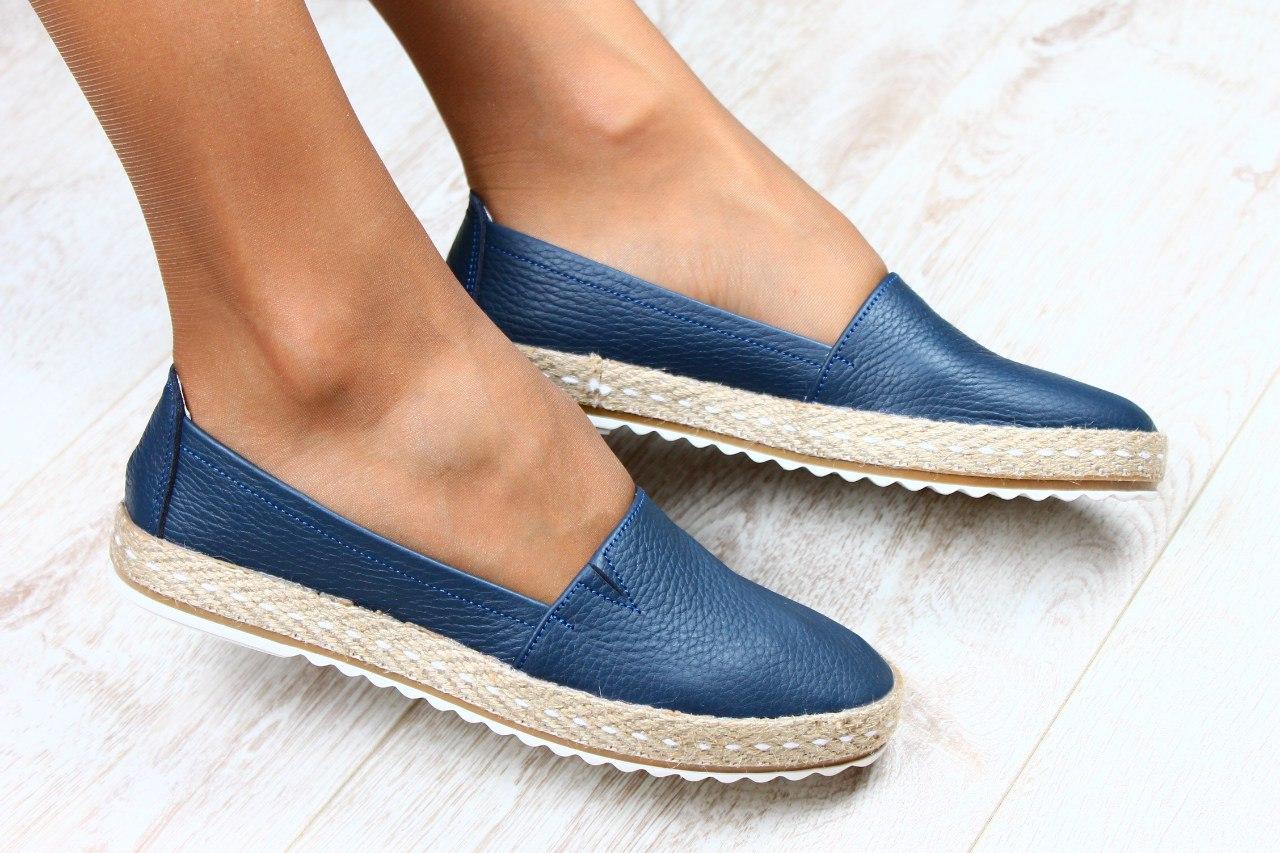


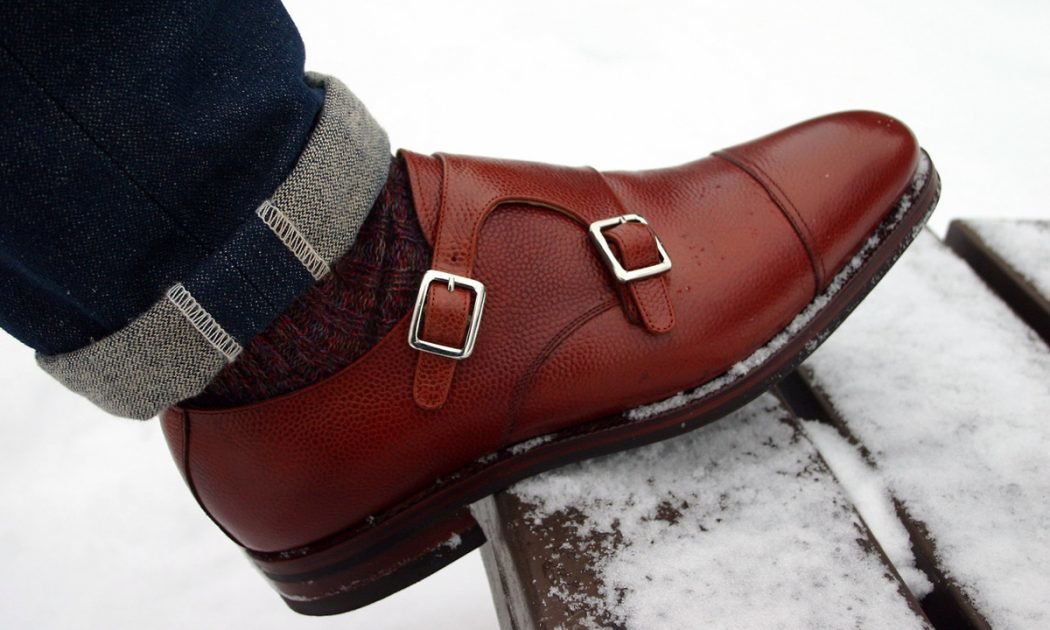

Video
https://youtu.be/1rAhoNU39cg

